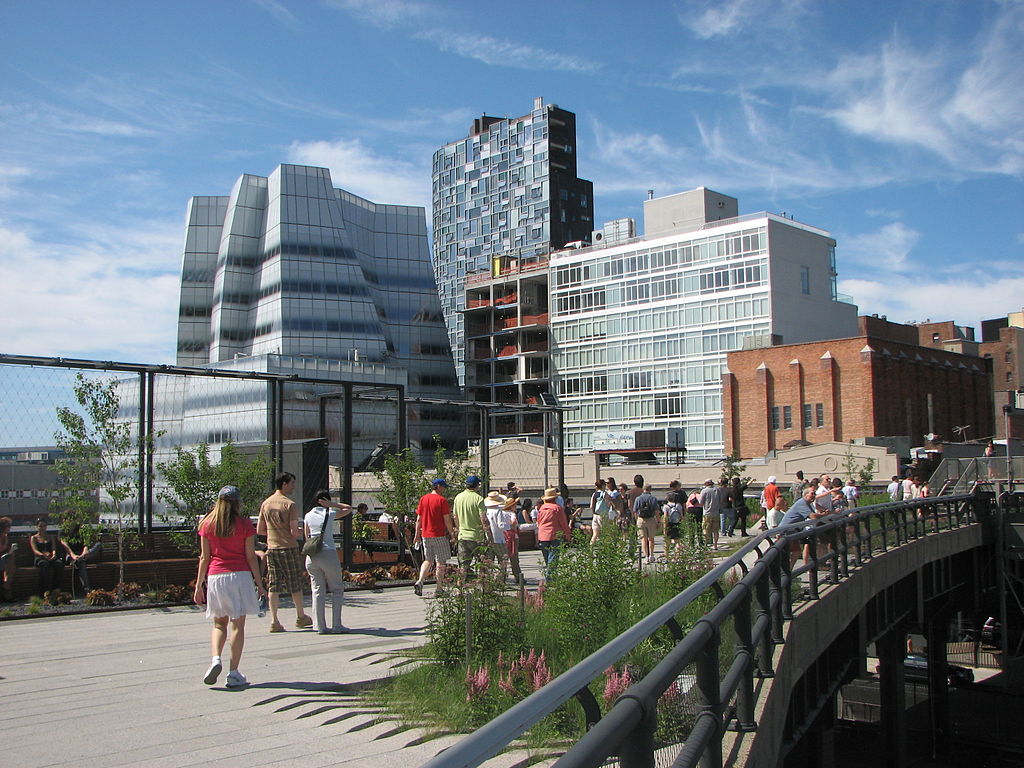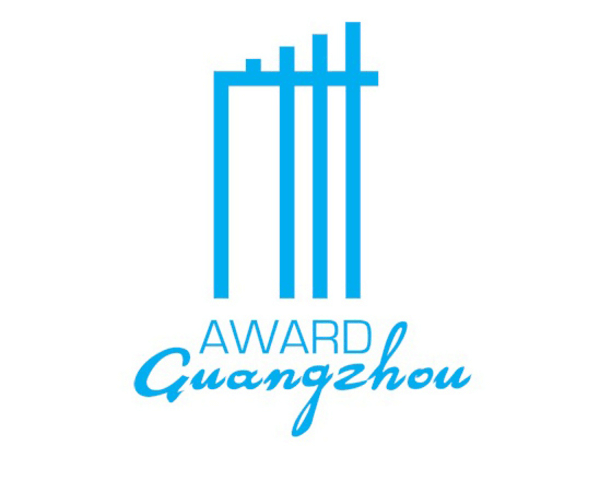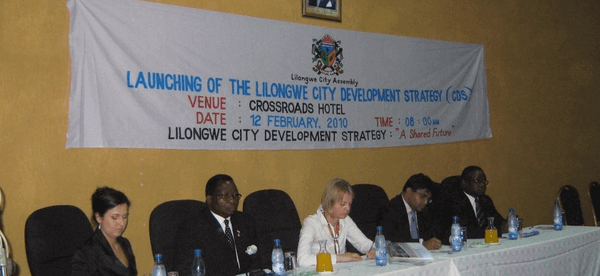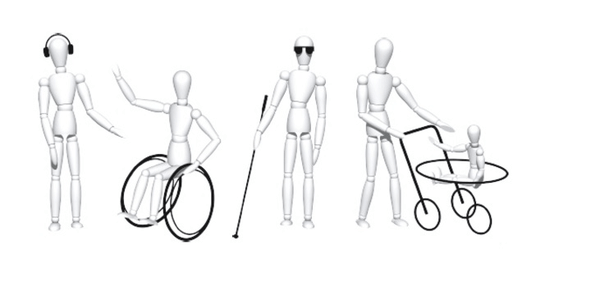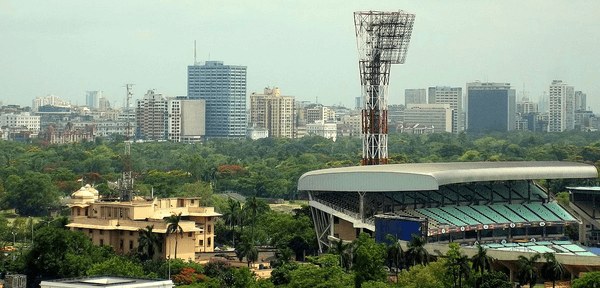City
New York City, United States
Size and population development
As of July 2023, New York City had an estimated population of 8,804,190, making it the most populous city in the United States. The city has experienced fluctuating population growth, with a slight decline during the COVID-19 pandemic but showing signs of recovery. Between 2010 and 2020, the city's population grew by 7.7%. Growth has historically been driven by international migration and natural increase, though domestic migration patterns have varied.
Population composition
New York City is renowned for its exceptional diversity, often described as a "melting pot" of cultures. The city is home to significant populations of various ethnic and cultural groups, including large communities of Hispanic, Black, Asian, and European descent. As of 2021, the racial composition was approximately 31.9% White (non-Hispanic), 28.9% Hispanic or Latino, 20.2% Black or African American, and 15.6% Asian. The median age in New York City is 36.9 years, with 20.9% of the population under 18 years, 14.5% aged 65 years and over, and 64.6% aged 18-64 years.
Main functions
New York City serves as a global hub for finance, culture, media, art, fashion, research, technology, education, and entertainment. The city is home to the United Nations headquarters and is a major centre for international diplomacy. New York City's cultural influence is immense, with world-renowned museums, theatres, and music venues attracting millions of visitors annually.
Main industries / business
New York City's economy is highly diverse and robust. Key sectors include financial services, with the city being home to Wall Street and the New York Stock Exchange. Media and entertainment are major industries, encompassing major television networks, publishing houses, and film production. The technology sector is growing, particularly in the area known as "Silicon Alley". Real estate is a significant industry, with New York having one of the world's most valuable real estate markets. Tourism is a key economic driver, as New York is a leading tourist destination with iconic landmarks. The city is a global fashion capital with major design houses and Fashion Week. Education and research are also important sectors, with numerous prestigious universities and research institutions calling New York home.
Sources for city budget
New York City's budget comes from various sources. These include property taxes, personal income tax, and sales tax. State and federal aid contribute significantly to the city's budget. Business taxes provide another important revenue stream. Fines, fees, and forfeitures also add to the city's income. Miscellaneous revenues such as those from licenses, permits, and franchises further supplement the budget.
Political structure
New York City operates under a mayor-council system. The government consists of several key positions and bodies. The Mayor serves as the chief executive officer and is elected citywide. The City Council functions as the legislative body, comprising 51 members elected from local districts. The Public Advocate acts as an ombudsman between the public and city government. The Comptroller serves as the chief fiscal officer and auditor. Five Borough Presidents each represent one of NYC's boroughs.
Administrative structure
New York City is divided into five boroughs, each coextensive with a county. These are Manhattan (New York County), Brooklyn (Kings County), Queens (Queens County), The Bronx (Bronx County), and Staten Island (Richmond County).
Each borough has a unique character and is further divided into numerous neighbourhoods. The city agencies, under the mayor's direction, are responsible for providing a wide range of services across all boroughs.
Website
https://www.nyc.gov/
